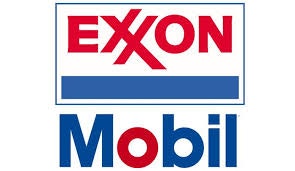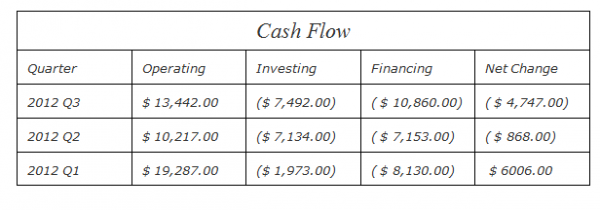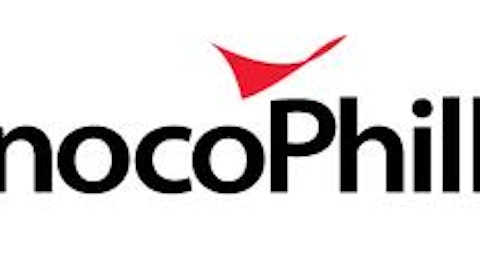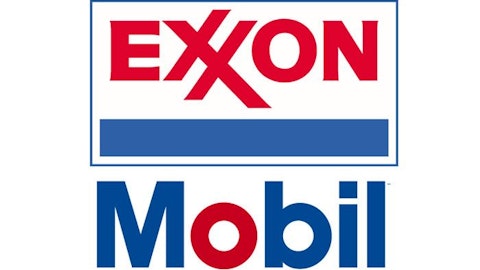Exxon Mobil Corporation (NYSE:XOM) has once again surpassed Apple Inc. (NASDAQ:AAPL) as the world’s most valuable company after the iPhone and iPad maker saw its stock price falter.
Apple had first overtaken Exxon Mobil Corporation (NYSE:XOM) as the world’s largest publicly traded company in August 2011, but Apple has now handed the mantle back to Exxon, following several difficult weeks which have seen its share price fall to a 12 month low. Apple as of now has a total market cap of $413.06 billion; Exxon, on the other hand, has a market cap of $418.23 billion.

Exploration projects can take years to yield new production. And some of Exxon’s biggest investments recently have been in U.S. natural gas fields, which so far haven’t paid off because prices have dropped to their lowest levels in a decade. Crude production declined as some of its fields matured and produced less. And many contracts in foreign countries limit the amount of oil that Exxon can sell as prices rise, not to mention the fact that natural gas demand fell in Europe as well.
Overall, earnings in Exxon’s exploration and production business rose 18 percent, offsetting a 63 percent drop in income from the company’s refining business. The company’s refineries, which produce gasoline, diesel, and other fuels, have struggled to pass on the higher cost of their primary input, which is crude. Exxon announced that it is selling its Japanese refining and marketing business for $3.9 billion following an extended slide in Japanese fuel demand. Exxon’s chemicals business also saw profits decline 49 percent. For the full year, Exxon’s net income rose 34.8 percent, while revenue rose 26.9 percent.
Since mid 2010 Exxon’s market price has increased from its low of about $57 to the current price of about $91 per share, as is shown in the graph below. That is an increase of 60% in market price in 2.5 years time. Also it is interesting to see that it is back around its pre-crisis high.

Source: Ycharts.com ( X-axis: Year, Y-axis: Share Price)
An intensive analysis of Exxon’s cash flow statement highlighted one strong point of Exxon–the ability to generate huge amounts of cash.
Operating cash indicates if the company is able to generate its own cash, instead of funds coming from outside financing activities. As shown in the tables below, operating cash is growing year over year as of 2009, with a slight decrease in 2012.
With operating cash the company is able to fund its investing and financing requirements. As we look at the increase/decrease in net cash in the tables, we see that Exxon has significantly been using up its cash reserves in the last few quarters. One of the main reasons is that it has been buying back its own stock–already about 15.6 billion worth in 2012. In a cash flow statement this is indicated with the “Issuance (Retirement) of Stock, Net” item.

Note: All values in tables are in Millions of USD
Exxon vs Other Companies
Major oil companies’ fourth-quarter earnings reports got off to a bumpy start, with Royal Dutch Shell plc (ADR) (NYSE:RDS.A)’s profit disappointing investors and ConocoPhillips (NYSE:COP) projecting total production for this year will be lower than in 2012.
ConocoPhillips, based in Houston, said that because of planned maintenance, downtime at some facilities, and seasonal issues in the second and third quarters of 2013, it expects full-year production from continuing operations of 1.48 million to 1.53 million barrels of oil equivalent per day. Full-year 2012 production was 1.58 million barrels per day. The muted outlook came as the company reported that its fourth-quarter profit fell nearly 58 percent. The decline partly reflected the spinoff of downstream businesses that were included in the year-ago results. The spinoff of the new Phillips 66 removed ConocoPhillips from the ranks of integrated, Big Oil rivals, against which it’s been measured in the past.





